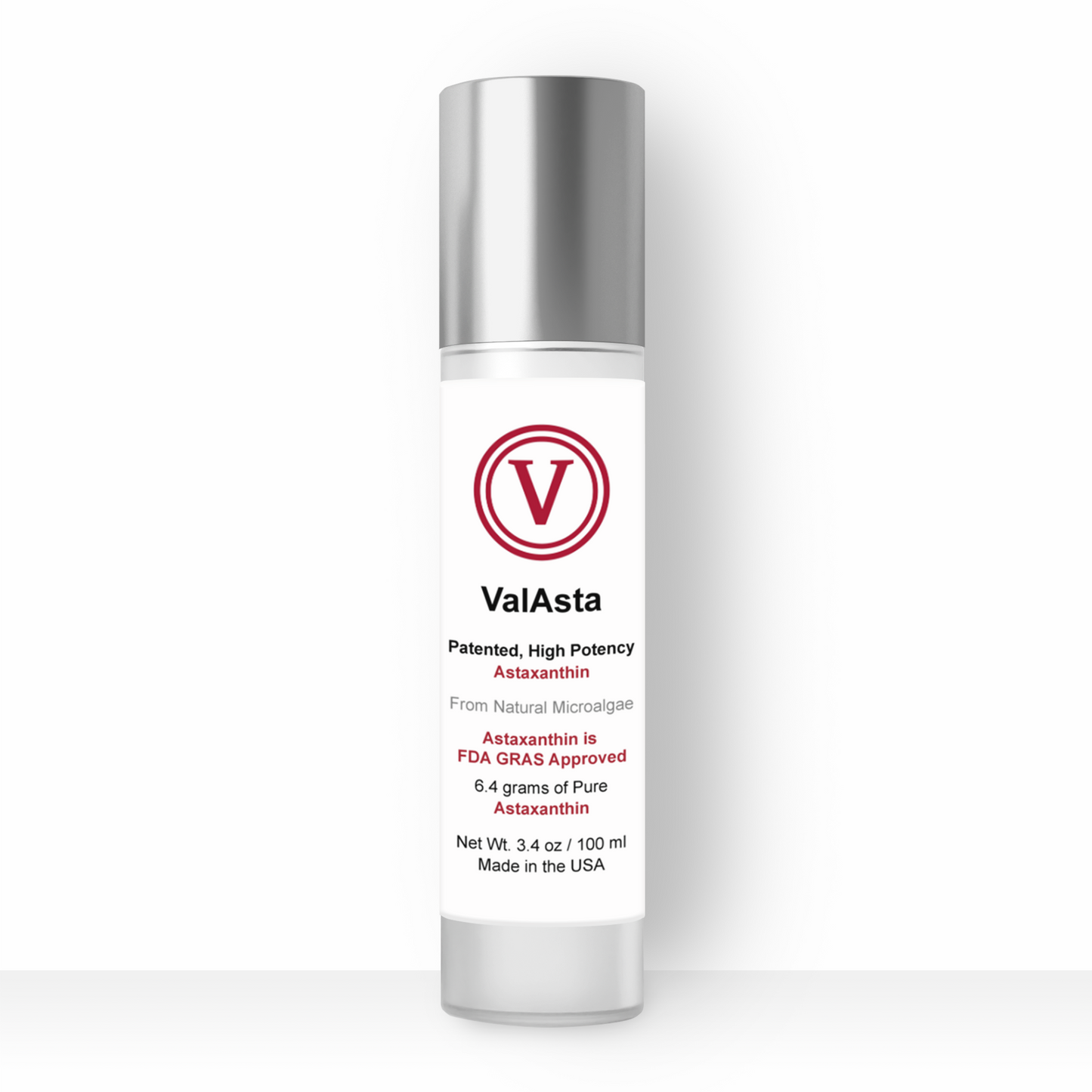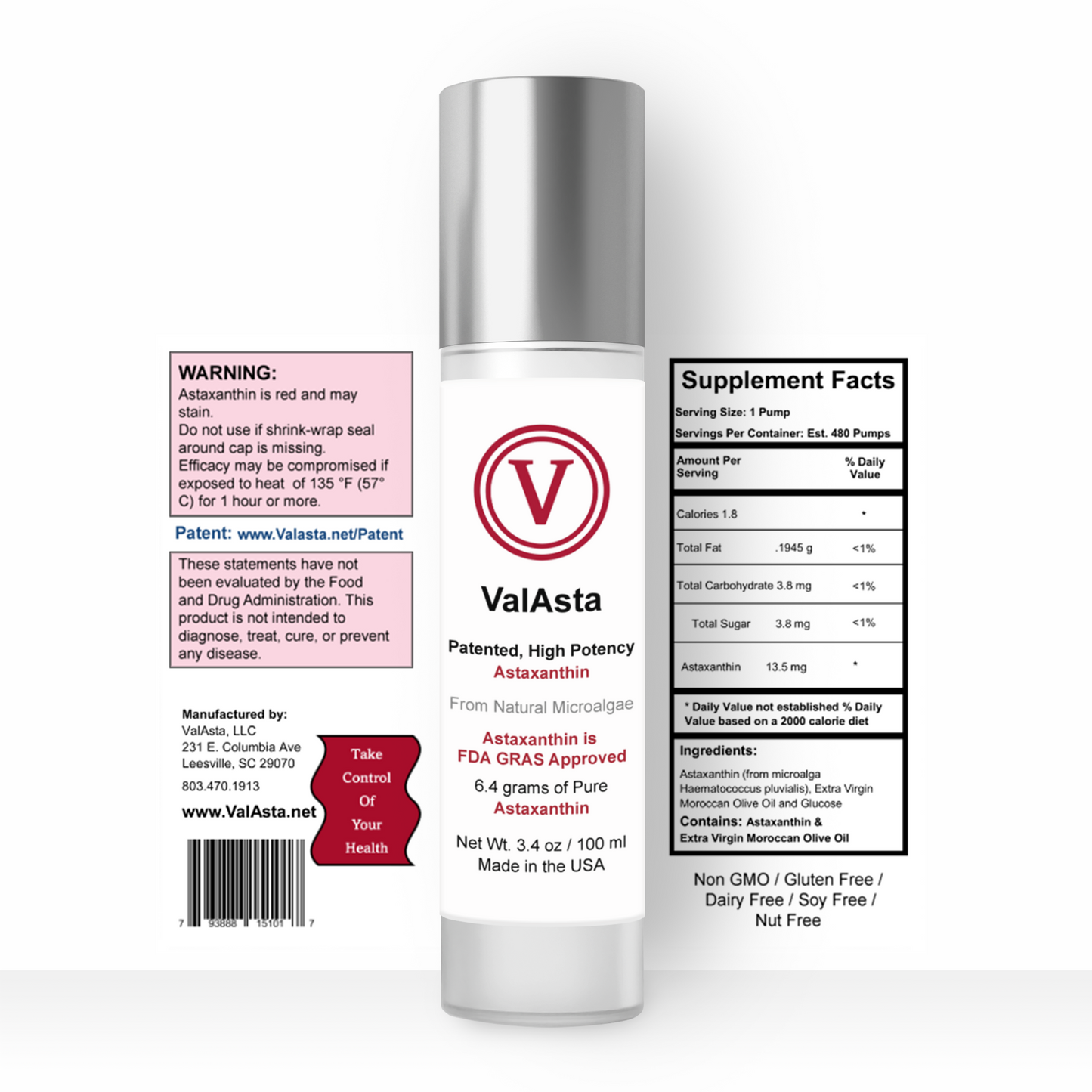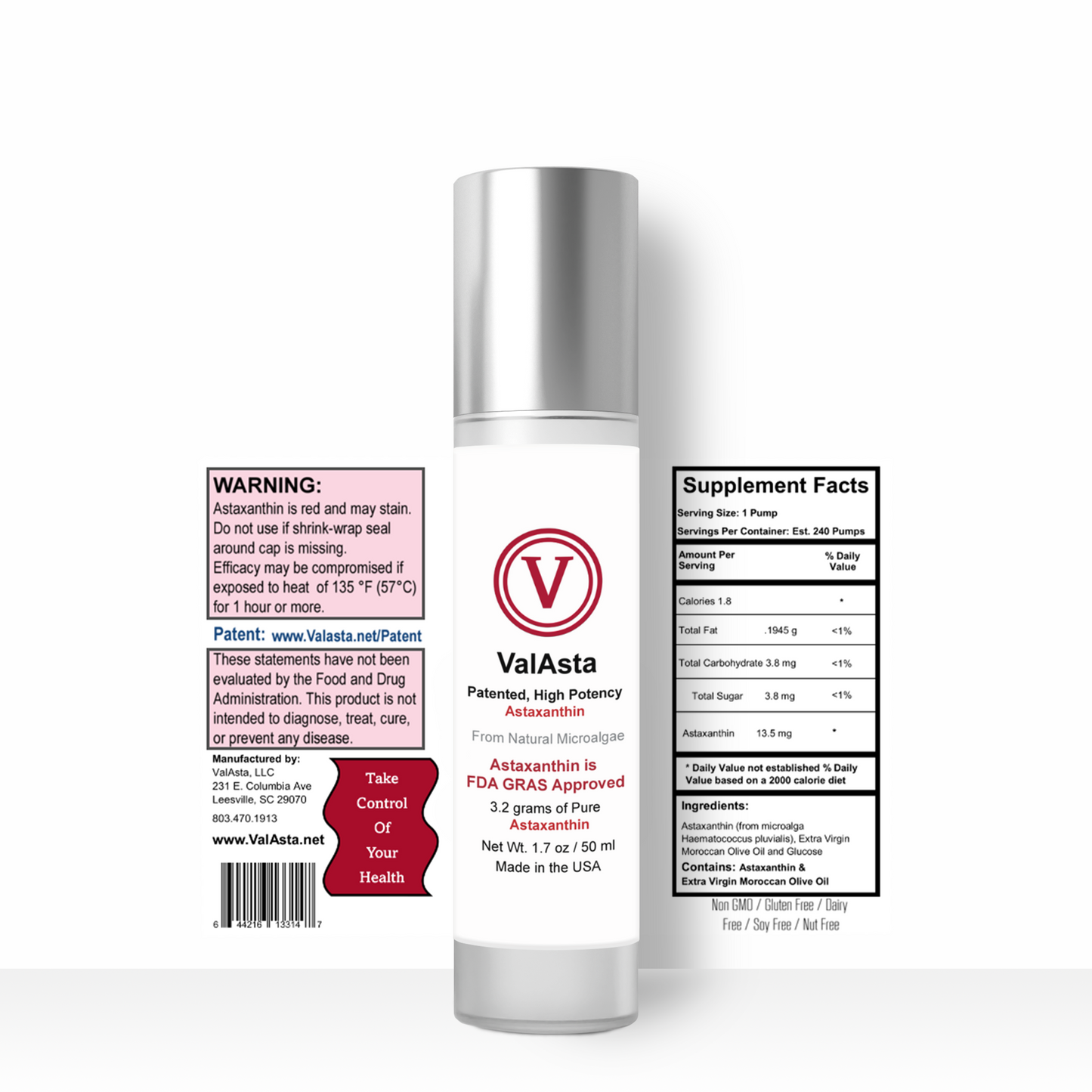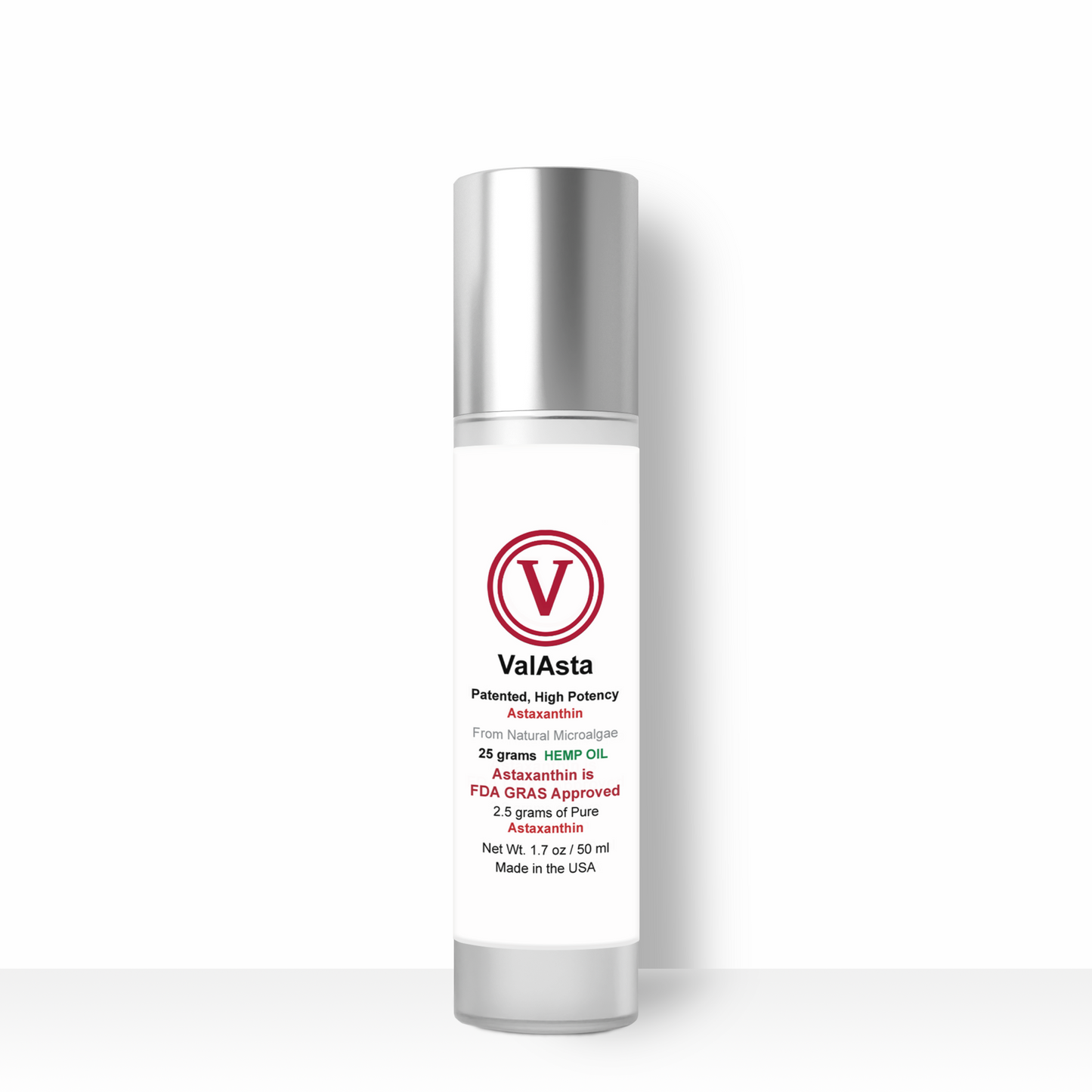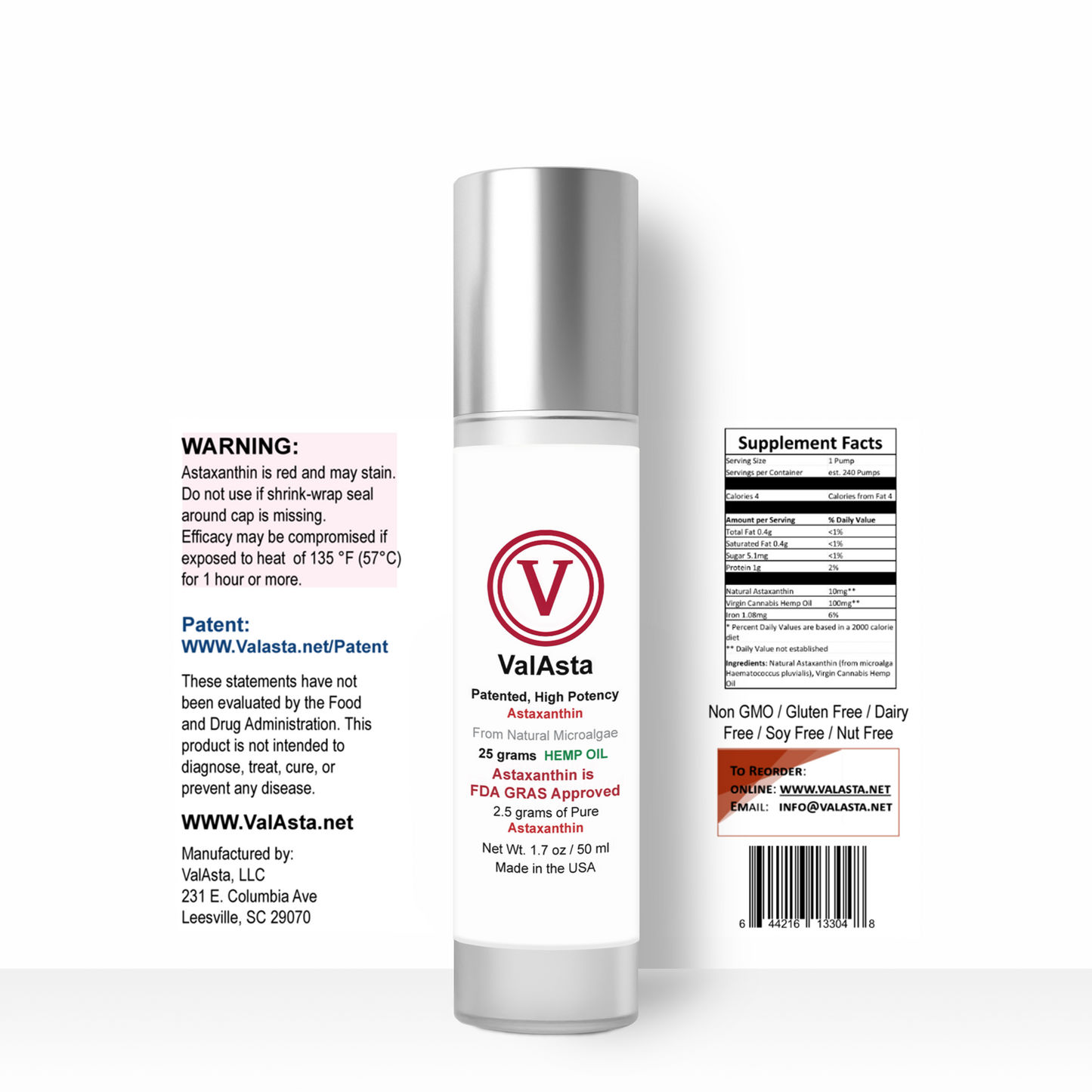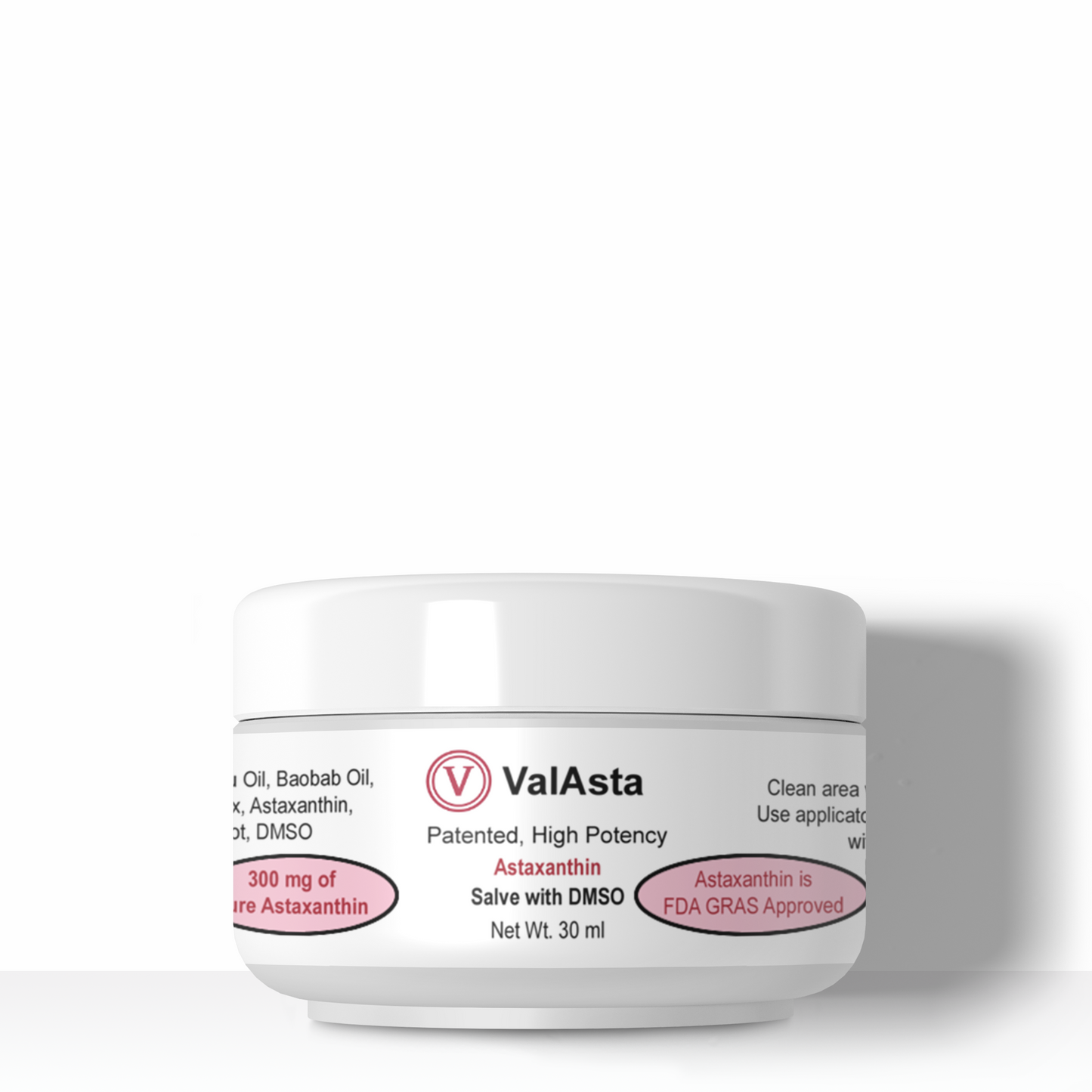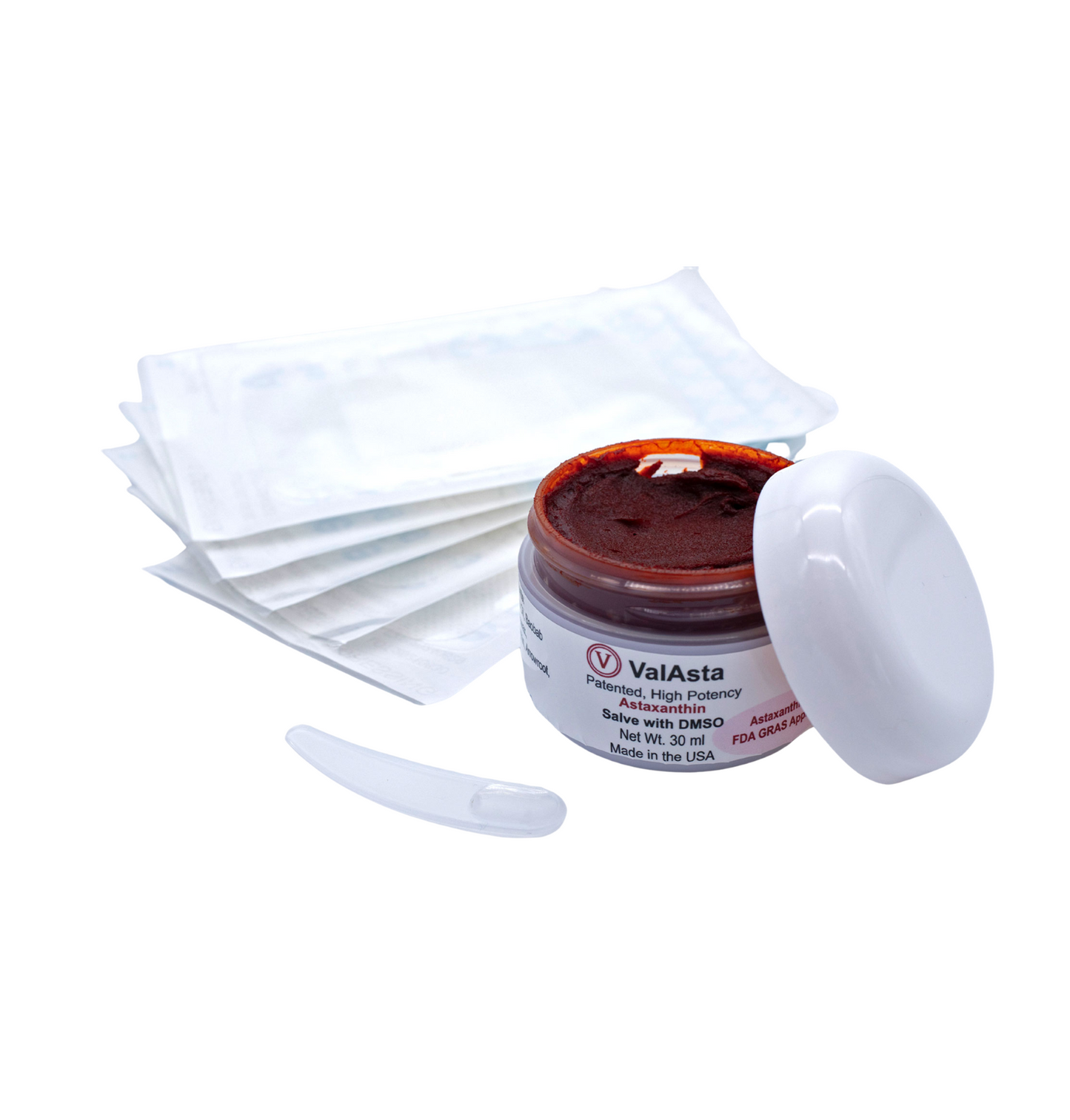
Statistics at a Glance: The Burden of Cancer in the United States
In 2020, an estimated 1,806,590 new cases of cancer will be diagnosed in the United States and 606,520 people will die from the disease.
The most common cancers (listed in descending order according to estimated new cases in 2020) are breast cancer, lung and bronchus cancer, prostate cancer, colon and rectum cancer, melanoma of the skin, bladder cancer, non-Hodgkin lymphoma, kidney and renal pelvis cancer, endometrial cancer, leukemia, pancreatic cancer, thyroid cancer, and liver cancer.
Prostate, lung, and colorectal cancers account for an estimated 43% of all cancers diagnosed in men in 2020. For women, the three most common cancers are breast, lung, and colorectal, and they will account for an estimated 50% of all new cancer diagnoses in women in 2020.
The rate of new cases of cancer (cancer incidence) is 442.4 per 100,000 men and women per year (based on 2013–2017 cases)
The cancer death rate (cancer mortality) is 158.3 per 100,000 men and women per year (based on 2013–2017 deaths).
The cancer mortality rate is higher among men than women (189.5 per 100,000 men and 135.7 per 100,000 women). When comparing groups based on race/ethnicity and sex, cancer mortality is highest in African American men (227.3 per 100,000) and lowest in Asian/Pacific Islander women (85.6 per 100,000).
As of January 2019, there were an estimated 16.9 million cancer survivors in the United States. The number of cancer survivors is projected to increase to 22.2 million by 2030.
Approximately 39.5% of men and women will be diagnosed with cancer at some point during their lifetimes (based on 2015–2017 data). In 2020, an estimated 16,850 children and adolescents ages 0 to 19 will be diagnosed with cancer and 1,730 will die of the disease.
Estimated national expenditures for cancer care in the United States in 2018 were $150.8 billion. In future years, costs are likely to increase as the population ages and more people have cancer. Costs are also likely to increase as new, and often more expensive, treatments are adopted as standards of care.
We are not in any way, shape, or form, stating that we have a cure for cancer. It’s very common to see alternative practitioners making claims that one substance or “thing” is an all-out cure.
We know from our experience in treating cancer for 8 years, that cancer is very complex and always evolving. There is no 100% cure.
What we do know, however, ValAsta has had great success treating over 1120 people since 2013 that were sent home to “die” in their home because conventional medicine failed them.
There are 100s of peer reviewed NIH papers showing the astaxanthin protocol works. Our own research shows that the high concentration of hydroxyl radical causes the cancer cell pH to decrease to less than 7.0 causing the further proliferation of cancer. The ValAsta converts the hydroxy free radical into the hydroxyl ion, raising the cancer cellular pH to over 10. This kills the cancer cell in less than 4 secs.
Sam Shepherd
(Founder/Scientist/Chief Engineer)
Statistics at a Glance: The Burden of Cancer Worldwide
Cancer is among the leading causes of death worldwide. In 2018, there were 18.1 million new cases and 9.5 million cancer-related deaths worldwide.By 2040, the number of new cancer cases per year is expected to rise to 29.5 million and the number of cancer-related deaths to 16.4 million.
Generally, cancer rates are highest in countries whose populations have the highest life expectancy, education level, and standard of living. But for some cancer types, such as cervical cancer, the reverse is true, and the incidence rate is highest in countries in which the population ranks low on these measures.
 Made in the USA
Made in the USA
